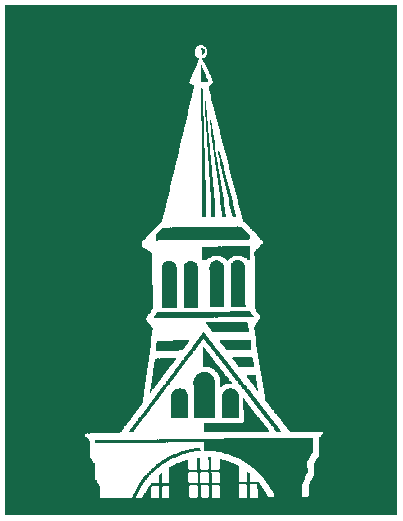Letter from CHARLES MARSH to GEORGE PERKINS MARSH, dated July 26, 1858.
Primary tabs
My dear Brother
I send today a bundle by Judge Barrett containing Keble & Turner but French I cannot find tho. I have made diligent search & Benjamin says it is not in his possession. I will send it as soon as it comes to light --
I think you must have a good deal of labor on hand to prepare your lectures by the
first of Nov. Before what institution are they to be delivered? & is the
appointment a permanent one? I have heard it spoken of as a profship in Columbia
College--but supposed that would not be such a
situation as you would choose --
I think if it leads to a residence in N.Y. you will in time come to prefer it to any of the New England towns --
I shall be much pleased to receive Guyots tables I should like also to know the result of his measurements in this State last fall if you have it The report of the Regents of the University of the state of N.Y. for 1855 contains a communication from Mr Joel W. Andrews of Albany (a maker of mathemat. instruments) giving the height of several points according to his measurements
viz.Mansfield -4.433Shrewsbury4.365Camels Hump4.214Killington4.157
It was Mr A. who furnished the heights given on the Rutland Co. Map.
Mr Doton & I
leveled from the termination of his rail road survey (the vacant lot near Kings) a
few days ago to the town hall (top of underpining) making a rise of 11 ft. thence to
the floor of the bridge the fall was 7 ft. rise thence to the top of the underpining
of this house 59.86 ft. Elevation of house about town hall 52.33 ft. Which according
to Profs. Woodman Young & Mr Doton gives the house an elevation of 740 ft above
the sea --
In speaking of the correction to be applied (in Barometric Measurements) for the
temp. of the air Guyot (in his pamphlet of tables which you sent last fall) says
"The 1st. correction (for temp. of instrument) having been applied, multiply the
number obtained, or N. by the double sum of the temperatures of the air at both
stations, and divide the N/1000 2
product by 1000; the number thus found, or
the quantity expressed by N/1000 .2 (t +t') is the correction in metres which is to
be added to the preceding number N.
Does he mean by the double sum simply the temperature of our Station and the mean of the other added together? Or, in arithmetical phraseology twice the sum?
It seems to me that the correction which would frequently be obtained by multiplying by twice the sum, would indicate a greater error than could be fairly attributa[ble] to the temp. of the air alone --
I have made very few measurements since fall owing to the inconvenience of being away, and to the lack of the companionship of any one who is interested in such matters

